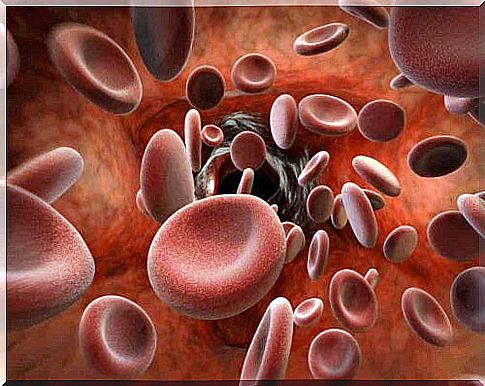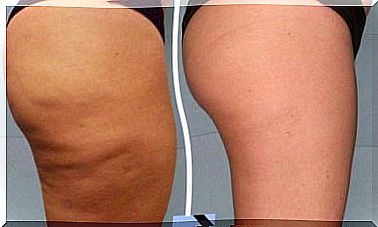Altitude Simulation Masks: Everything You Need To Know

The market has been in charge of making our lives easier in several ways. Today we find sporting equipment, such as altitude simulation masks, that promise to improve performance. However, many doubt its true impact and there is little scientific evidence about its benefits.
Also known as training masks , they are used to simulate training at altitude. According to the promise of sale, they are used with the objective of increasing the athletes’ performance by recreating the effects of altitude. Furthermore, they promise to increase lung capacity and oxygen supply to capillaries.
Training at altitude consists of performing continuous exercises for 2 or 3 weeks with a low concentration of oxygen in the air. For what? The idea is to achieve greater performance in professional runners and endurance athletes. This would lead to an increase in red blood cells and hematocrit (ratio of red blood cells to total blood volume).
What are altitude simulation masks?
So far we’ve said what altitude simulation masks are for, but not what they are. They are masks similar to surgical masks, and they cover the mouth and nose.
They are made of neoprene, a material that fits easily, absorbs sweat and can be washed off without problems.
They usually have Velcro at the ends for a better grip, preventing oxygen from entering the different parts of the valves. These sections also keep out dust, water or sand, depending on the terrain.
What benefits have been attributed to altitude simulation masks?
As mentioned, there is little literature that proves the benefits of using hypoxia masks. However, we will talk about those who have been attributed to these elements.

Preparation for competitions
Without a doubt, athletes must carefully consider the conditions of the place where they will compete. Studies have reviewed the physical and psychological impact of altitude training on elite athletes.
It is believed that hypoxia masks have the benefit of preparing the athlete to face competition in environments with low oxygen concentration.
learn to breathe
Of course, we all know how to breathe, as this is a vital function, but in the case of athletes, breathing goes further. When playing a sport, it is necessary to learn to do it efficiently to avoid fatigue.
Because the mask simulates a low-oxygen environment, you learn to optimize and control it.
increase performance
Hypoxia training studies indicate that this is an effective method for increasing aerobic performance in athletes. In fact, it has been proven that there is an improvement in lactate levels, increasing the power generated and the perceived effort.
As the altitude mask simulates hypoxia training, it is credited with this benefit. As well as the increase in red blood cells, by producing erythropoietin (EPO), providing a greater capacity for exertion to the muscles.
Strengthens the respiratory system
These masks are believed to have the benefit of increasing lung capacity by maximizing oxygen uptake. With less gas available, it is necessary to take deeper breaths, causing the lungs to expand to their full capacity.
These types of deep breathing also strengthen the diaphragm and other muscles involved in the breathing process. In addition, the pulmonary alveoli acquire greater elasticity and, therefore, improve their ability to breathe in oxygen.
Muscular hypertrophy
Research has indicated that hypoxic training, along with strength training, can have a muscle hypertrophy effect. This is because it leads to a series of morphological adaptations in musculoskeletal tissue.
Do altitude simulation masks really work?
Before starting to use altitude simulation masks, it is necessary that you consult an expert to avoid possible complications. Now, do simulation masks work or not? The answer is yes and no.
Experts debated the matter and came to the conclusion, according to the studies we cited, that training with this mask for 4 to 6 weeks can improve lung musculature. However, its use is not a truly efficient hypoxia training simulation method.

What are the risks?
One of the biggest risks is lack of knowledge about how to regulate the amount of oxygen we need to stay healthy. It is necessary to know how the valves work and regulate them very well, according to the athlete’s ability.
If symptoms, such as sudden numbness of the organs and feeling of extreme fatigue, it is necessary to seek medical attention, as a state of hypoxia may occur.
On the other hand, there are people who shouldn’t wear this mask. Among them we find those who suffer from panic attacks and pregnant women. Also those who have undergone an organ transplant, have hypothyroidism or are hypertensive.
Do you have more questions about altitude simulation masks?
If, despite the information we have provided about altitude simulation masks, you still have doubts, you can consult your exercise instructor. It is not recommended to make the decision to train with them without professional supervision.









